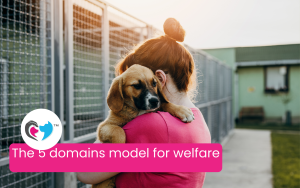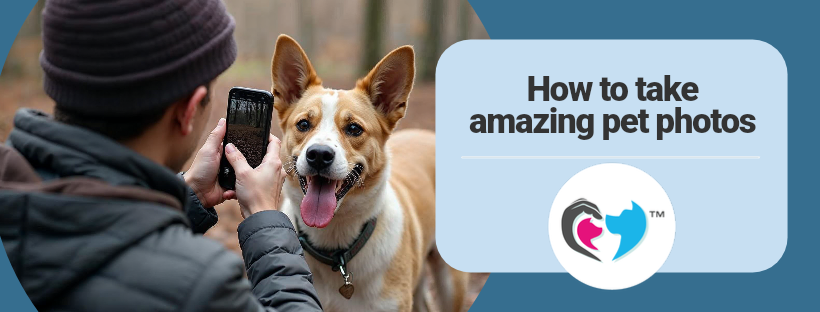

A picture is worth more than a thousand words, especially when it comes to showcasing the unique personality and charm of our pets. Whether you’re a pet guardian capturing memories, a behaviourist documenting progress, or a shelter aiming to help animals find forever homes, learning how to take great pet photos can make a significant difference. A compelling image can highlight trust, emotion, and the story behind an animal’s journey.
The first step to taking a meaningful photo is understanding its purpose. Are you trying to show an adoptable pet’s friendly nature, document a behavioural transformation, or simply preserve a joyful moment with a beloved companion? Knowing this intent will guide how you frame the shot, where you position yourself, and what emotion you aim to capture.
Lighting is one of the most critical elements of pet photography. Natural light is your best friend, shoot near windows or outdoors during early mornings or late afternoons when the sun is soft and golden. Avoid harsh midday light and, indoors, always turn off the flash as it can cause red-eye and make animals uneasy. Soft white lamps or LED lights with diffusers can help if additional lighting is needed.
Getting down to the animal’s eye level can transform your photos. Shooting from above tends to flatten personality, while crouching or lying down to meet their gaze creates connection and presence. It allows the viewer to see the world from the pet’s perspective and often results in more emotive images. Combine this with calm, positive reinforcement to keep the session enjoyable. Use treats, favourite toys, or soothing tones, and allow breaks if the animal shows signs of stress such as turning away, yawning, or licking lips.
Always try to focus on the eyes. The eyes carry emotion and intent, and a sharp, clear gaze will naturally draw the viewer into the photo. On most smartphones or cameras, you can tap to focus, ensuring the eyes are crisp even if the background blurs softly behind.
Great pet photography isn’t about forcing a pose—it’s about capturing personality. Look for natural moments that reveal the animal’s character: a dog in mid-run, a cat mid-yawn, or a rabbit standing alert. Candid photos often feel more authentic, especially when paired with a brief caption that tells a story of growth, resilience, or joy.
Keep the background simple and clean. Cluttered or distracting elements pull attention away from the animal. Instead, opt for neutral walls, outdoor scenes, or textured fabrics that complement but don’t compete. Most modern smartphones offer portrait modes, burst modes for action shots, and editing tools to fine-tune brightness and colour. Free apps like Snapseed or Lightroom Mobile can further enhance your images without needing expensive gear.
Above all, safety and comfort must come first. No photograph is worth compromising an animal’s well-being. Watch for signs of discomfort, never use force, and always give animals the opportunity to investigate unfamiliar props or settings before the shoot. If they’re uncomfortable, reschedule or change the environment to one they feel safe in.
Lastly, remember that every photo has the power to tell a story. Especially in rescue or behaviour contexts, a single image can document transformation, healing, and hope. Pair it with a short narrative, such as “This is Toby, once fearful and frozen, now full of life and love”—and you’ve created something far more powerful than a pretty picture.
Good pet photography is not about technical perfection. It’s about empathy, patience, and the desire to reflect the unique character of the animals we care for. When done thoughtfully, it strengthens human-animal bonds, supports welfare goals, and brings us closer to understanding and connection.